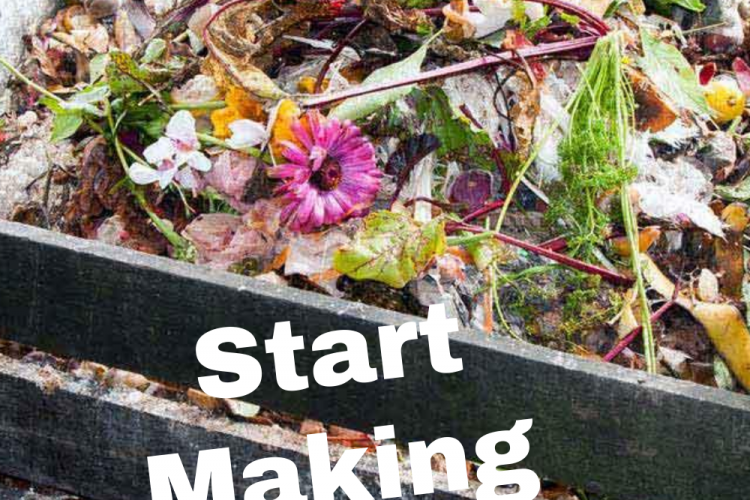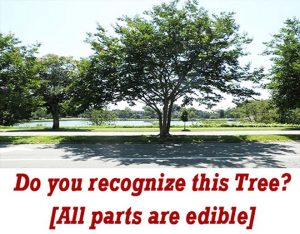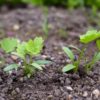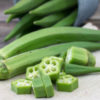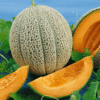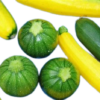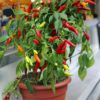If you love growing vegetables then you really need to start making your own compost. Compost is very earth-friendly and really conditions the soil. Compost is made from food scraps and garden waste. There are billions of living organisms in good healthy soil, composting transforms dead plants and vegetable peelings into vital nutrients for your soil which will give strong healthy new root systems to your vegetable plants.
Making your own compost really benefits your garden soil as compost improves your soil structure and its texture; it also increases the soil’s fertility, encourages healthy root development in plants; it also helps the soil hold water better.
Since healthy vegetable plants come from healthy soil, it’s important to keep adding nutrients to the soil to get the best healthiest plants. By making your own compost it keeps garden waste materials out of landfill sites. Making your own compost is very easy, initially you can start with just grass clippings but do put layers in between as otherwise grass on its own can become a big slimy heap. This is a great way of building a compost heap: grass, leaves, grass, food scraps, leaves, etc. You can improve the overall vegetable garden by making compost and you’ll save yourself money on fertilizer and mulch.
Composting
Bin or Pile? Some people start a compost pile in a corner of the garden, either but having literally having a pile in a corner or by giving the pile some sort of structure around it such as; wooden pallets, chicken wire, or by nailing scrap wood together, to make a four-sided box. A compost pile works really well if you just have leaves and grass clippings. But if you want to start adding food waste, it’s better to use a bin to prevent vermin and rodents from entering your compost. Bins include: stacking bins, turning units, and bins with flip tops.
Compost bins can also be bought from either retail or mail order businesses. But before you buy one, find out locally if your council provide bins for free, or they are often much cheaper to buy from your council if they sell them.
Things You Can Add?
- Garden waste: like dry leaves, twigs, straw, sawdust, and used potting compost.
- Brown material which includes: paper, shredded paper, cardboard, and toilet rolls.
- Green material includes: fresh grass clippings, green leaves, and soft garden prunings.
- Food scraps: like vegetable and fruit peelings, coffee grounds, and tea bags.
What is Vermicomposting?
Vermicomposting is a special method of composting. You use a special kind of earthworm known as a red wiggler, which eats its weight in organic matter every day. Vermicomposting is usually done in a container that is covered, the bedding is made of dirt, newspaper, and/or leaves. You then add any fruit and vegetable scraps as a feed for the worms. Over a period, the food will be replaced with worm droppings; this is a rich brown matter which is an excellent natural plant food. Vermicomposting requires very little space – far less than ordinary composting methods.
How do I make compost?
When making your own compost, you need add your brown and green materials – (normally three parts brown material to one part green material), you need to make sure any larger pieces are chopped or shredded.
The perfect compost pile contains a good mixture of browns and greens of various sizes that are placed in alternate layers. Mix grass clippings and any other green waste into the pile and bury fruit and vegetable waste under 10” of compost material.
As the composting materials start to breakdown, the compost pile will warm up and on cold days you may even see some steam coming out of it.
Every time you add more stuff to the pile, you need to turnover with a pitchfork to give the heap some aeration. If your composting bin has a turner you just need to give it a couple of turns.
When the composting material at the bottom of the heap is dark and rich in colour, and there are no food particles left – only then is your compost ready to use in your garden.
If there may any woody material left, then just toss these out as you are emptying the compost bin and you can then add these to a new compost pile.
The compost can now be used in your vegetable garden to help improve the soil.
